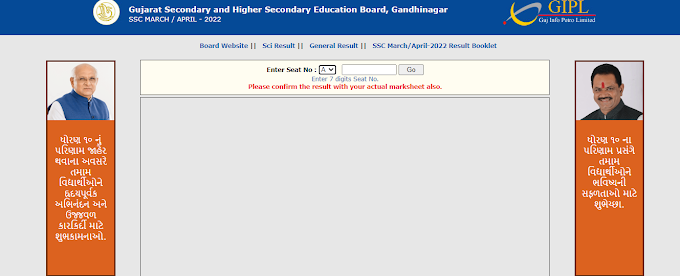REALAXTION IN LOCKDOWN
Ever since the outbreak of novel coronavirus in December 2019, lockdown has been identified as the only effective measure across the world to stop the community spread of this pandemic. India implemented a complete shutdown across the nation from March 25, 2020 as lockdown I and went on to extend it by giving timely partial relaxations in the form of lockdown II, III & IV. This paper statistically analyses the impact of relaxation during Lockdown III and IV on coronavirus disease (COVID) spread in India using the Group Method of Data Handling (GMDH) to forecast the number of active cases using time series analysis and hence the required medical infrastructure for the period of next six months. The Group Method of Data Handling is a novel self organized data mining technique with data driven adaptive learning capability which grasps the auto correlative relations between the samples and gives a high forecasting accuracy irrespective of the length and stochasticity of a time series. The GMDH model has been first validated and standardized by forecasting the number of active and confirmed cases during lockdown III-IV with an accuracy of 2.58% and 2.00% respectively. Thereafter, the number of active cases has been forecasted for the rest of 2020 to predict the impact of lockdown relaxation on spread of COVID-19 and indicate preparatory measures necessary to counter it.
Taking a dynamical systems perspective, COVID-19 infections are assumed to spread out in a human population via an instability. Conversely, government interventions to reduce the spread of the disease and the number of fatalities may induce a bifurcation that stabilizes a desirable state with low numbers of COVID-19 cases and associated deaths. The key characteristic feature of an infection dynamical system in this context is the eigenvalue that determines the stability of the states under consideration and is known in synergetics as the order parameter eigenvalue. Using a SEIR-like infection disease model, the relevant order parameter and its eigenvalue are determined. A three stage methodology is proposed to track and estimate the eigenvalue through time. The method is applied to COVID-19 infection data reported from 20 European countries during the period of January 1, 2020 to June 15. It is shown that in 15 out of the 20 countries the eigenvalue switched its sign suggesting that during the reporting period an intervention bifurcation took place that stabilized the desirable low death state. It is shown that the eigenvalue analysis also allows for a ranking of countries by the degree of the stability of the infection-free state. For the investigated countries, Ireland was found to exhibit the most stable infection-free state. Finally, a six point classification scheme is suggested with groups 5 and 6 including countries that failed to stabilize the desirable infection-free low death state. In doing so, tools for assessing the effectiveness of government interventions are provided that are at the heart of bifurcation theory, in general, and synergetics, in particular.







THANKS FOR FEEDBACK